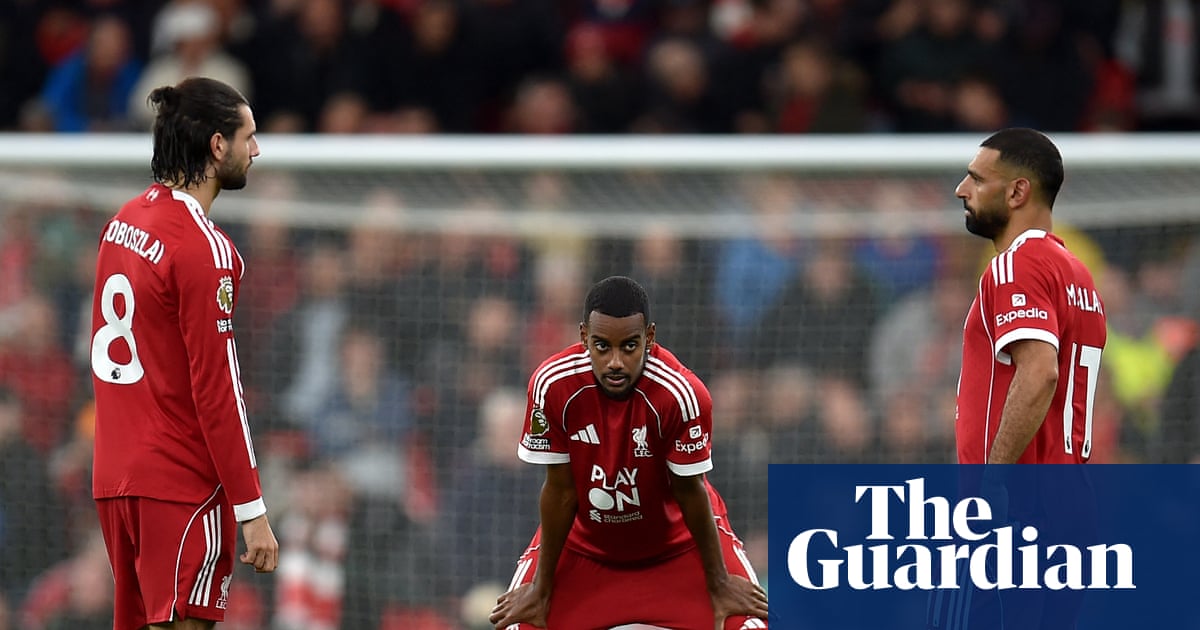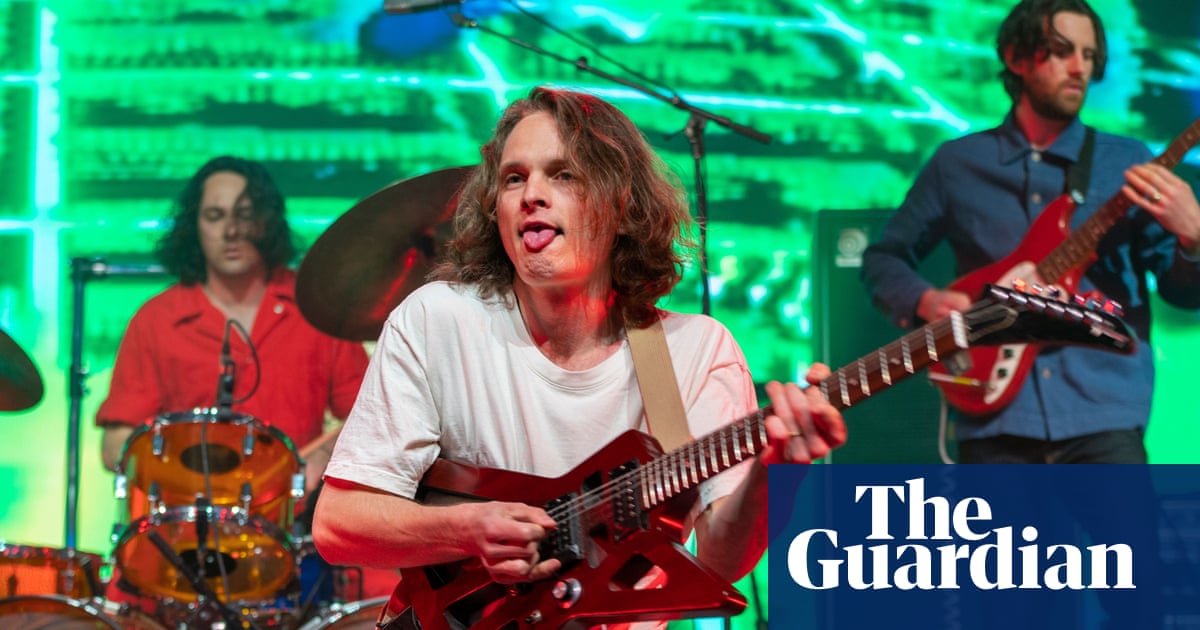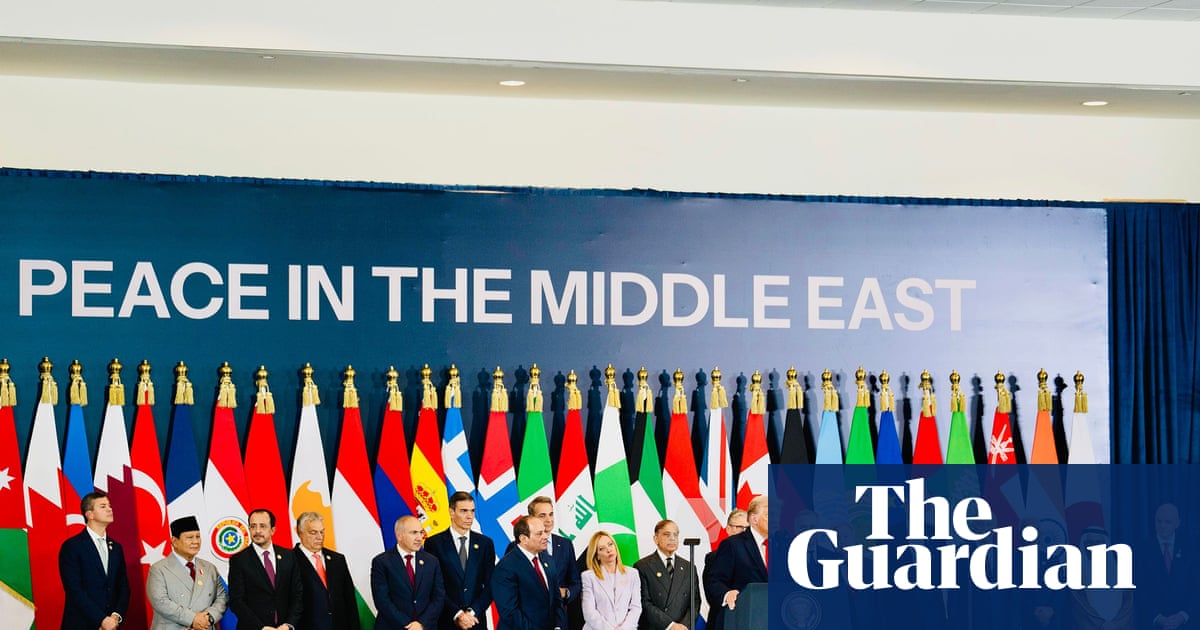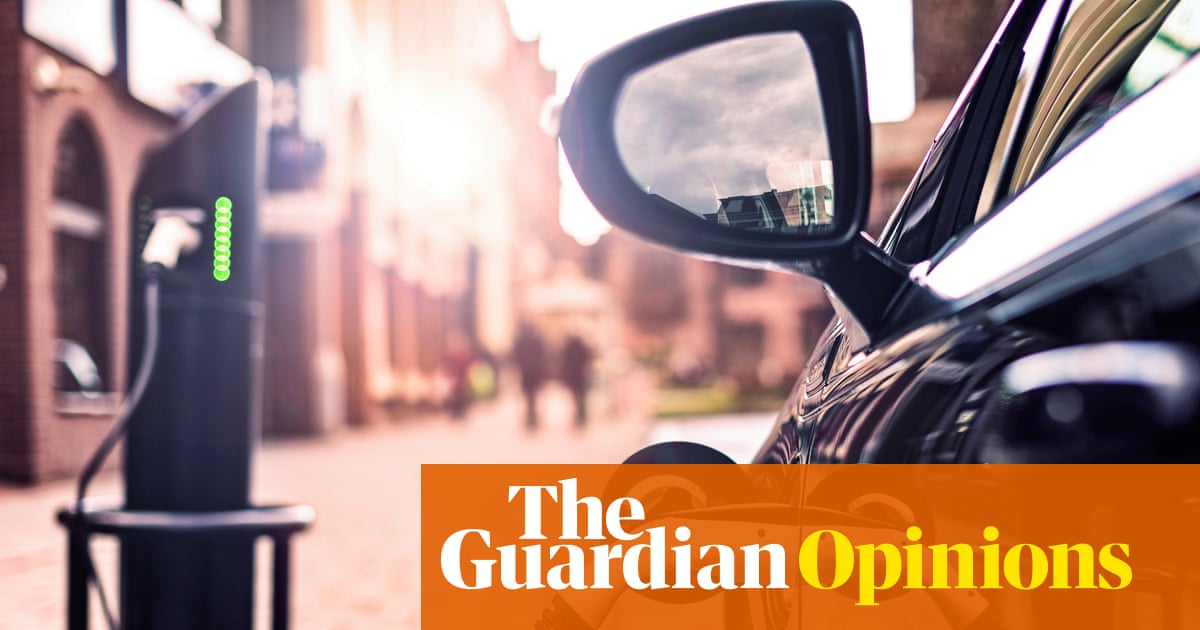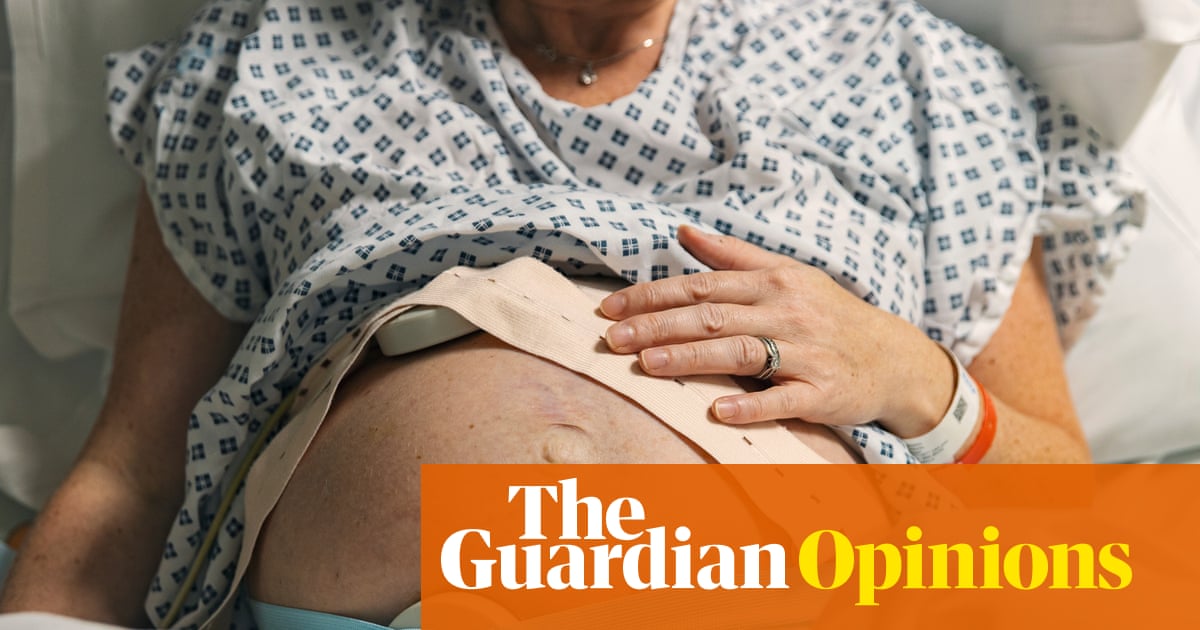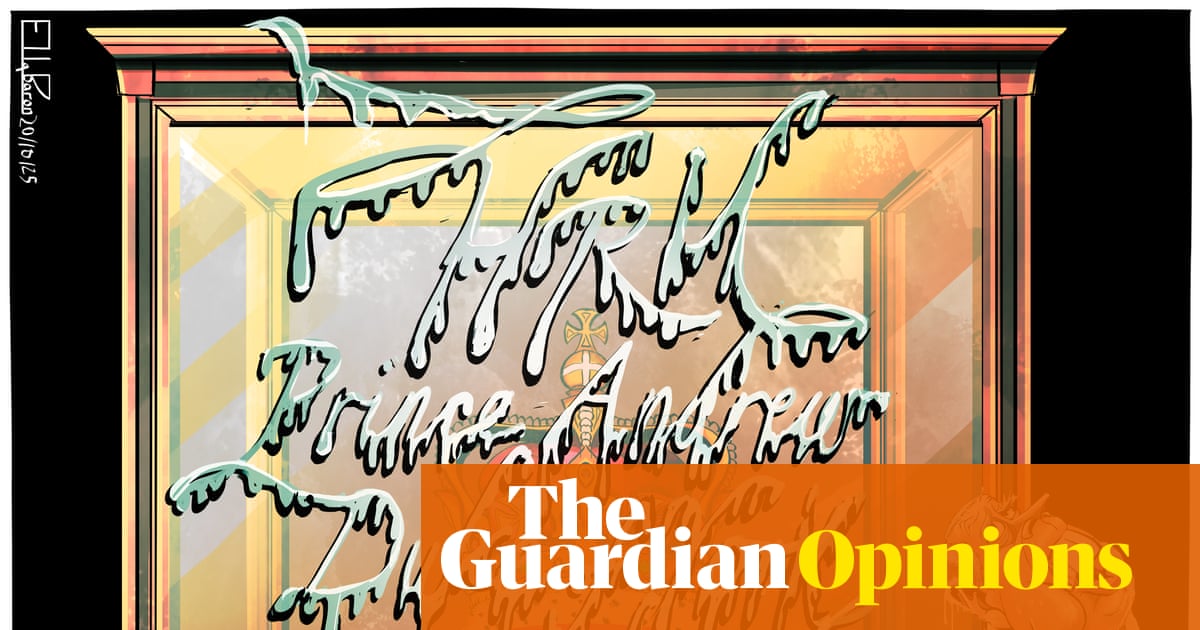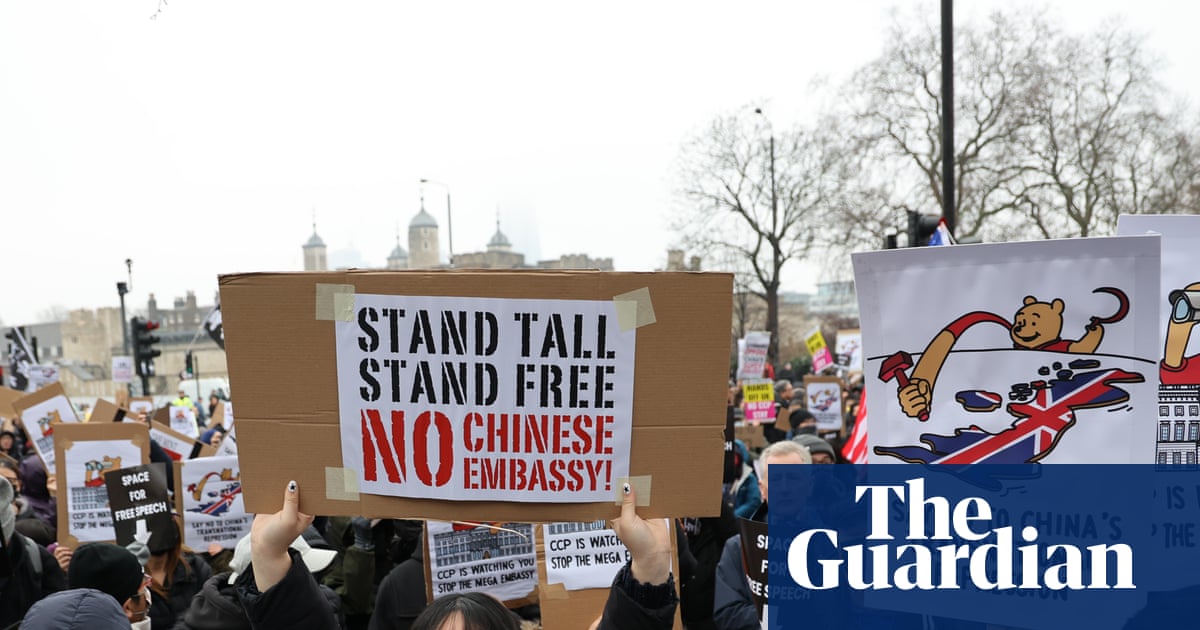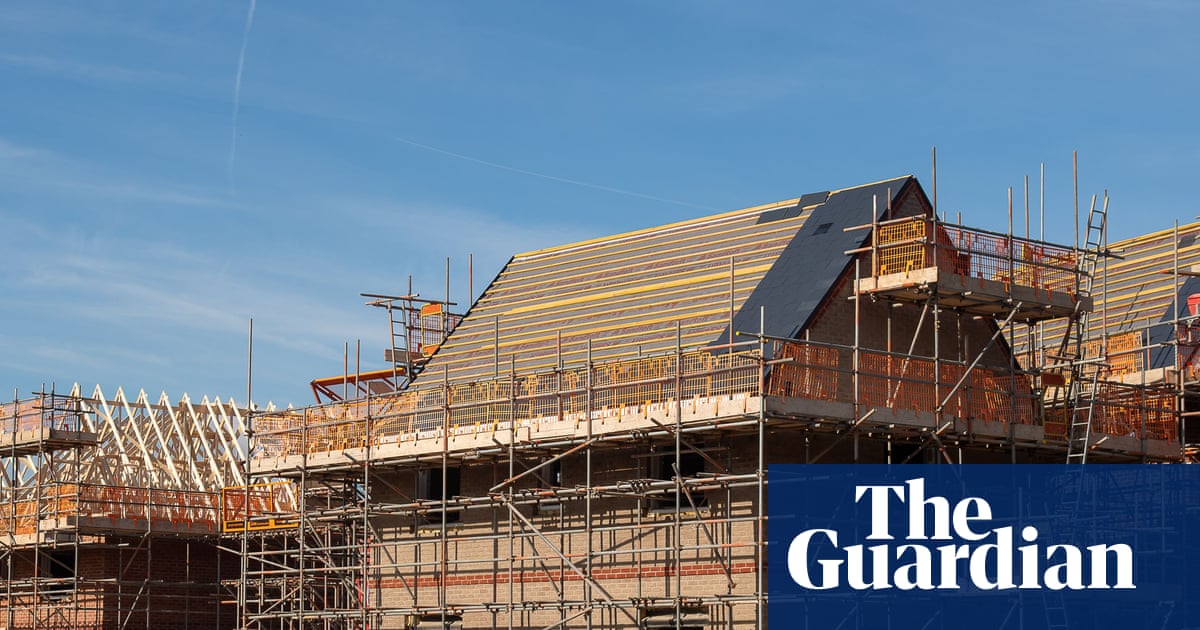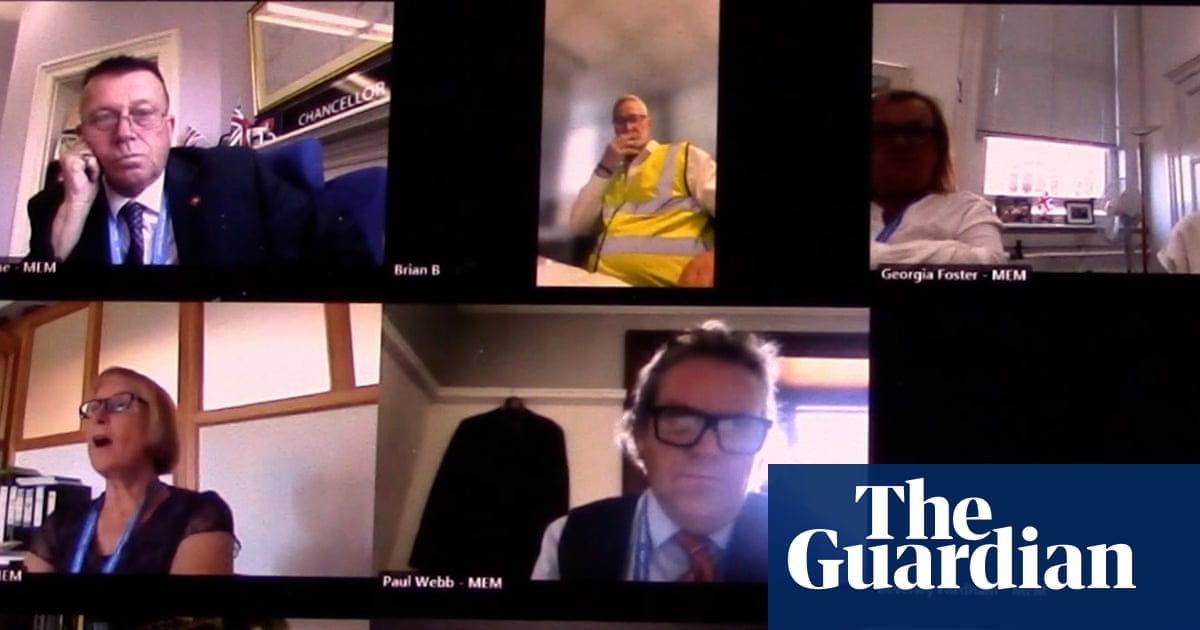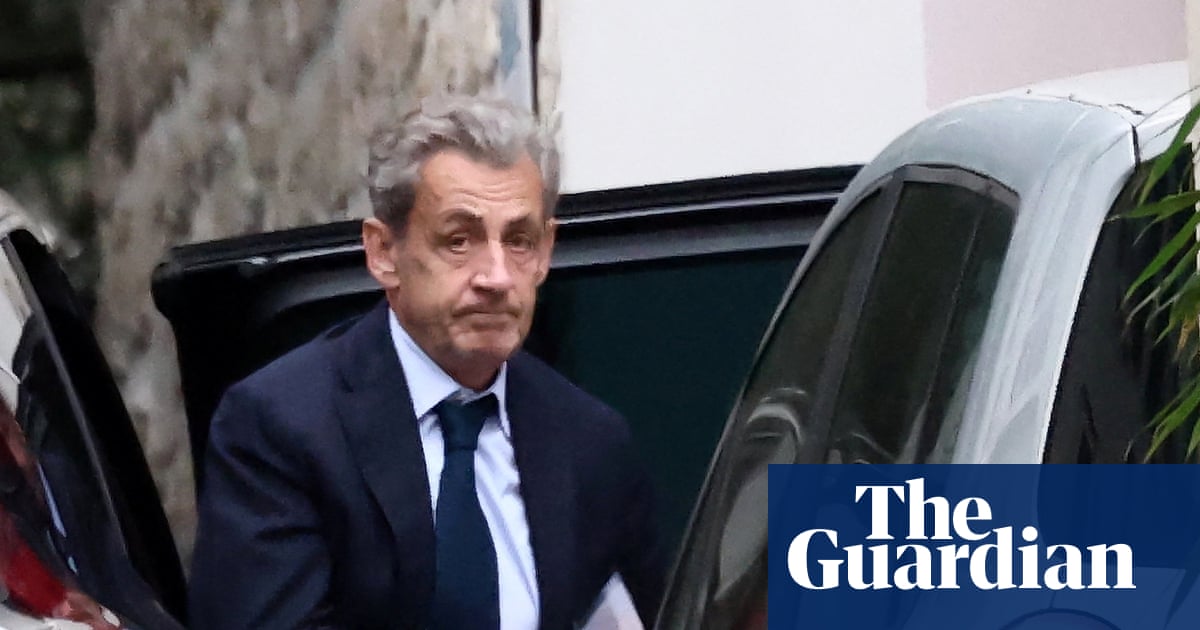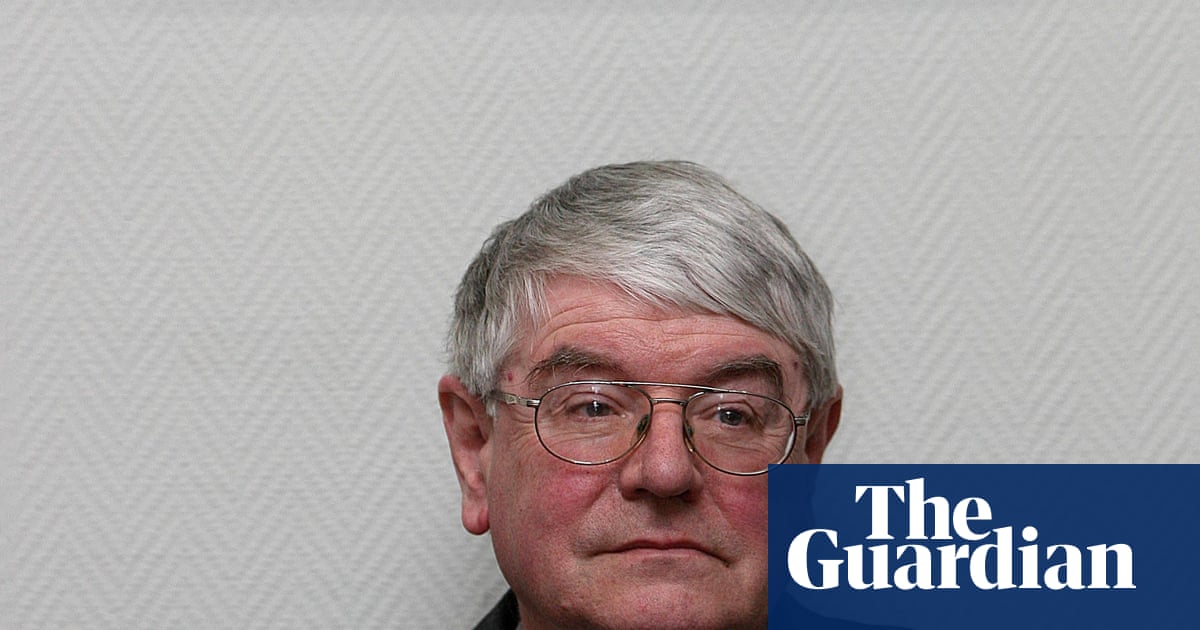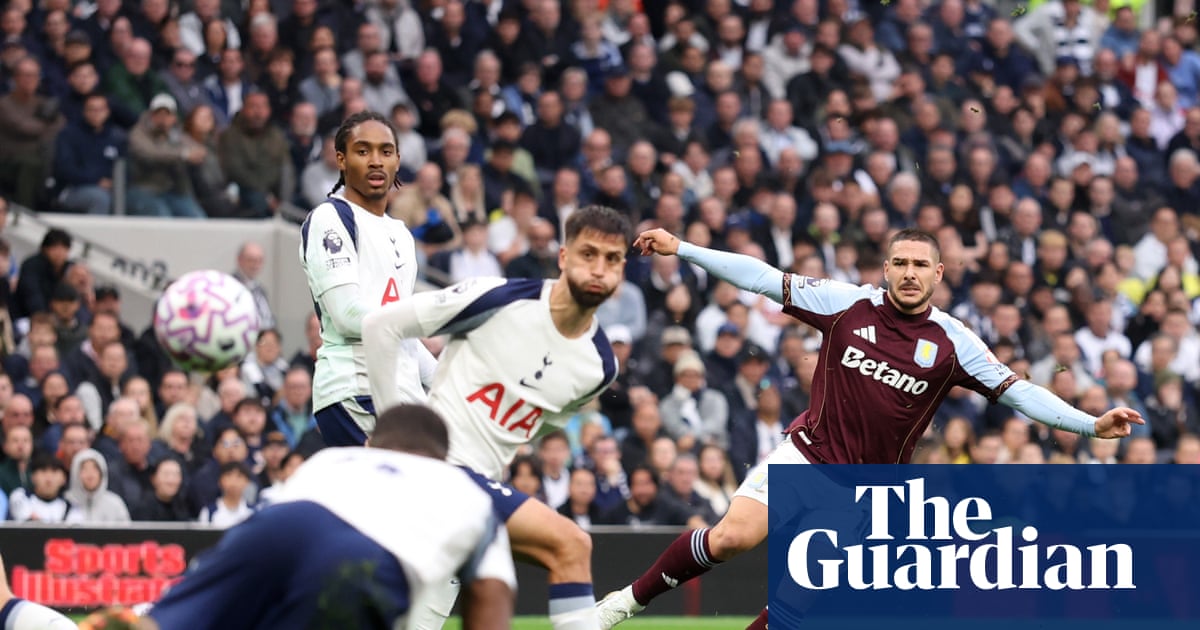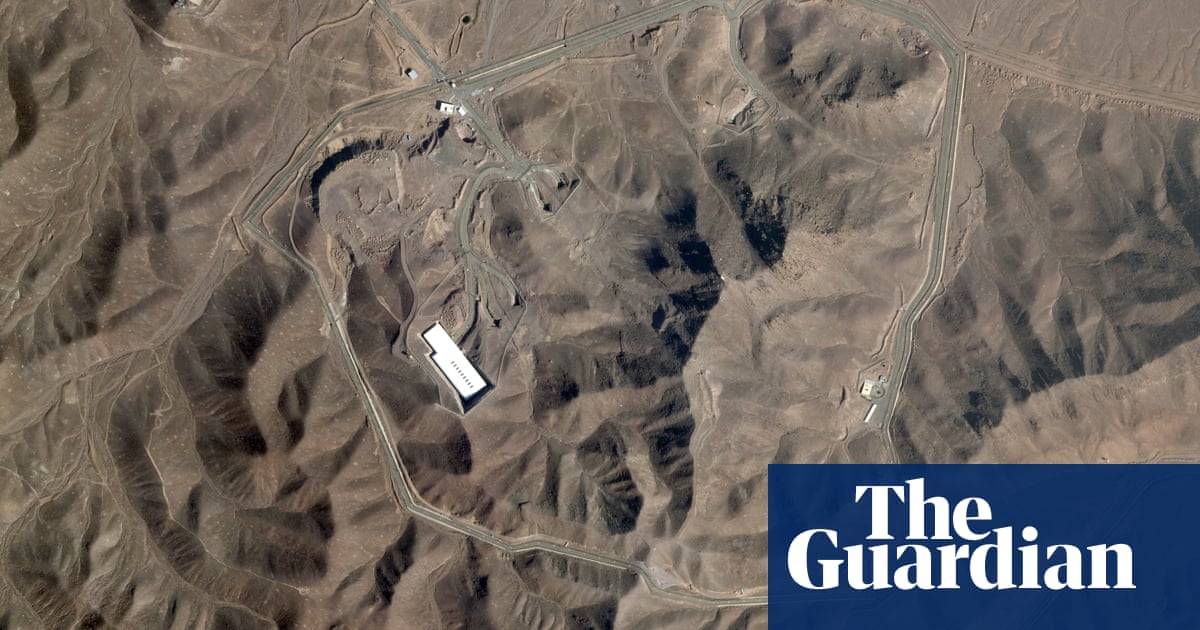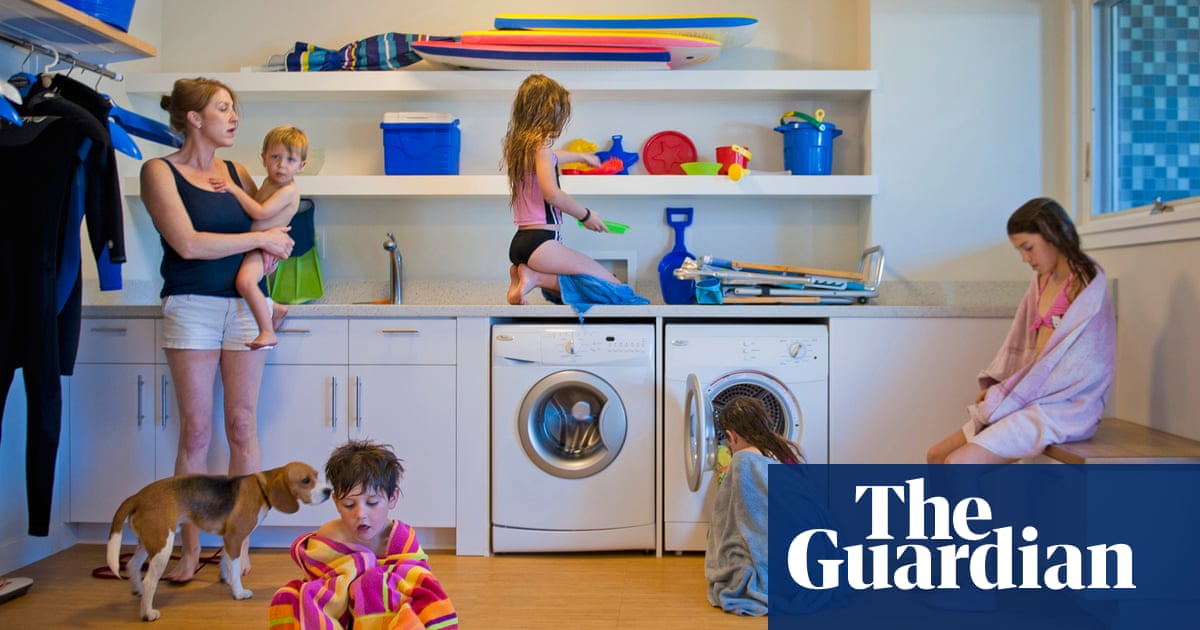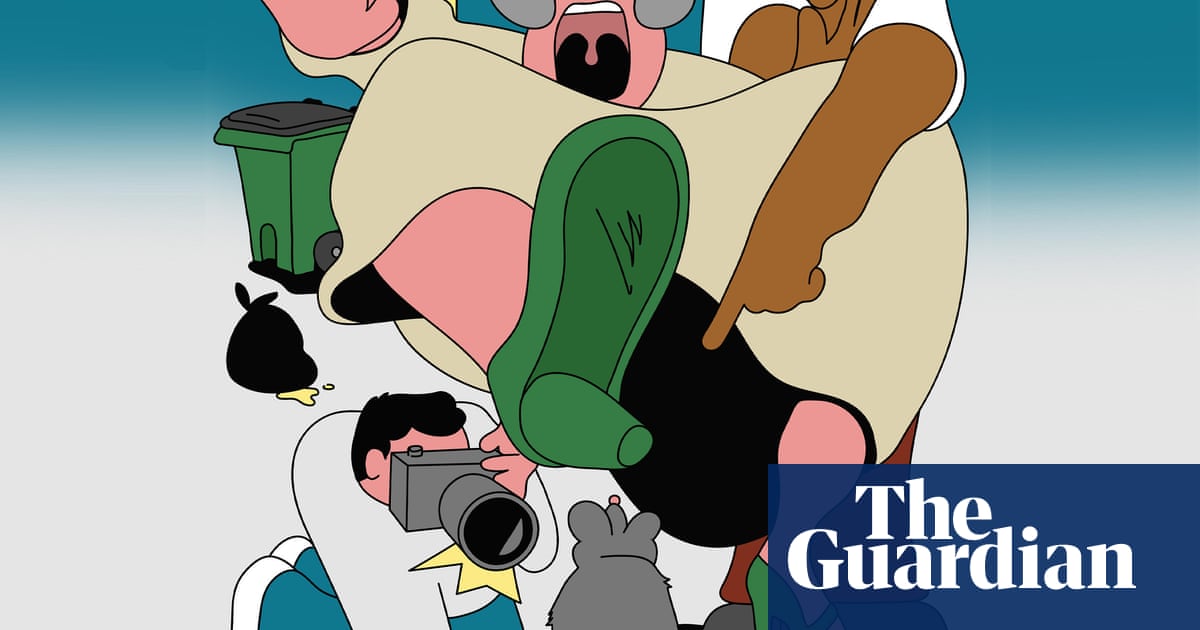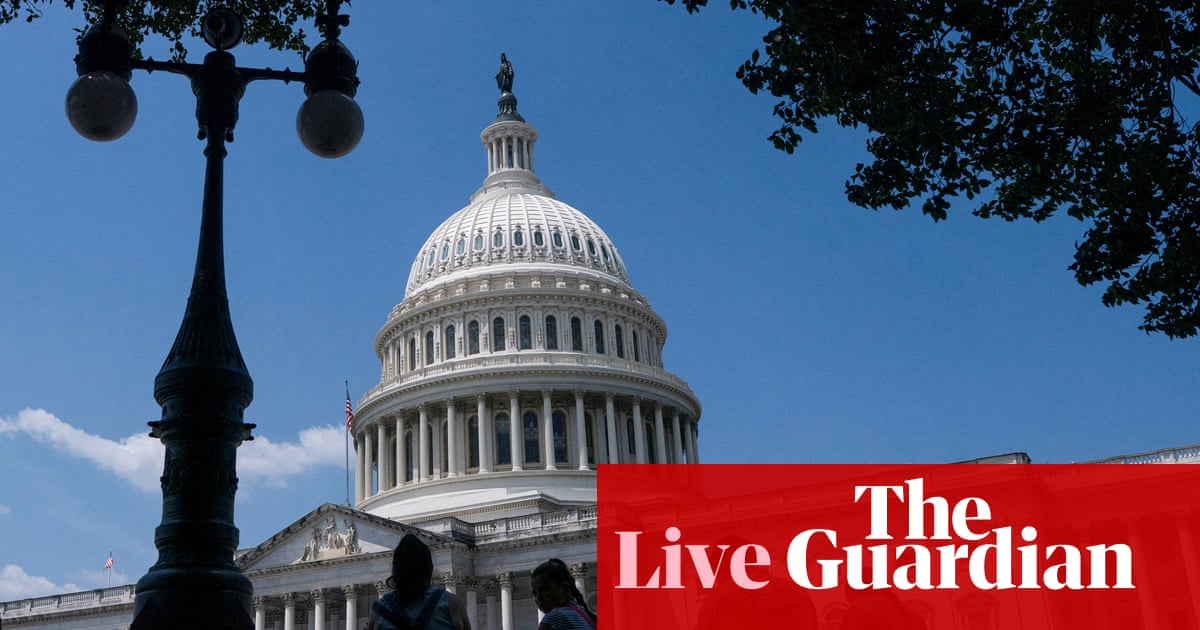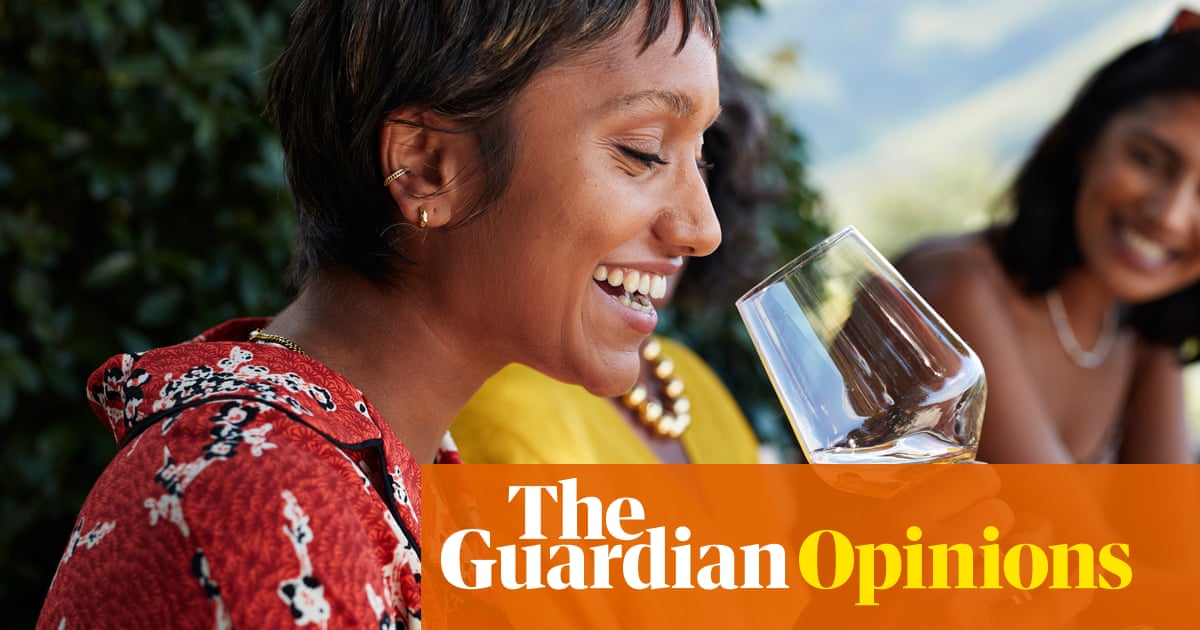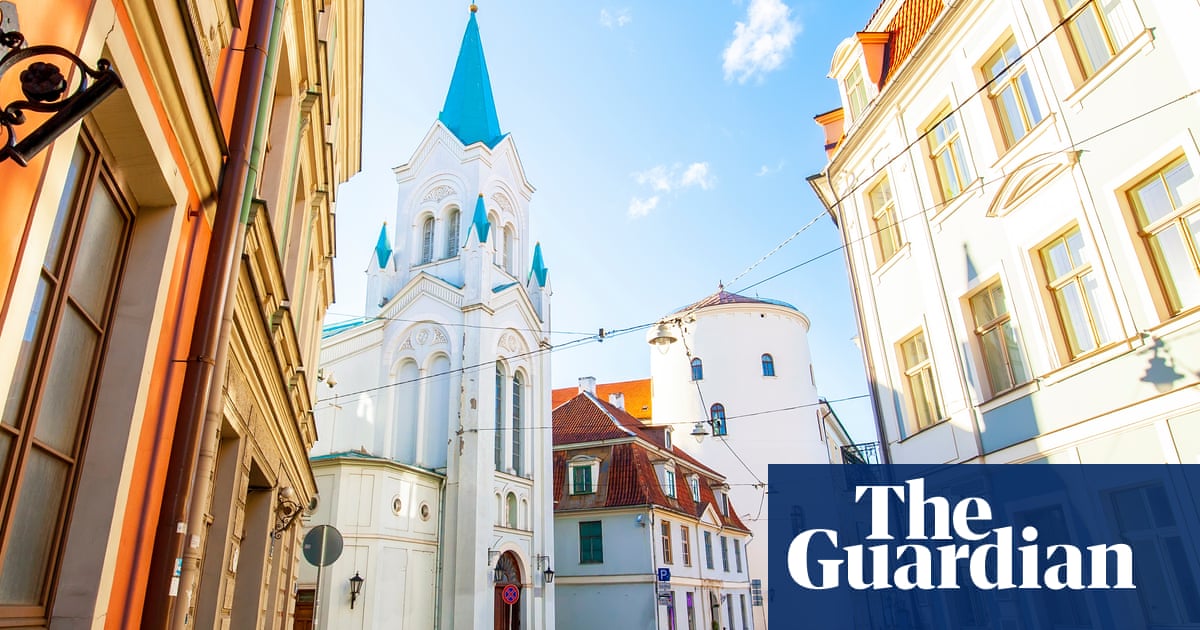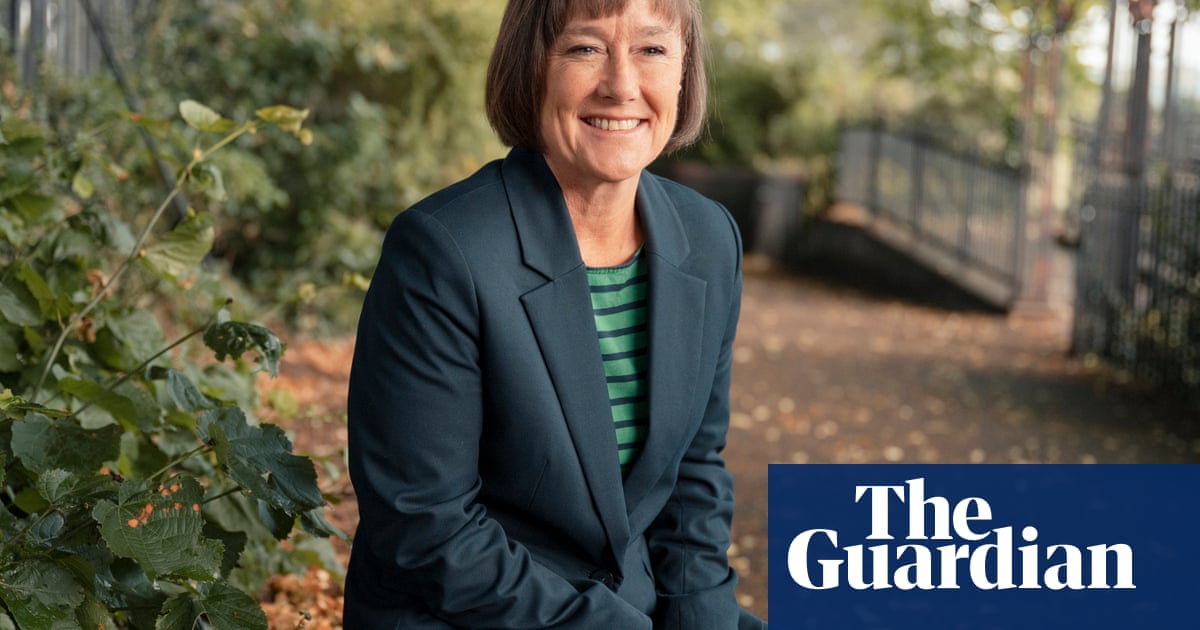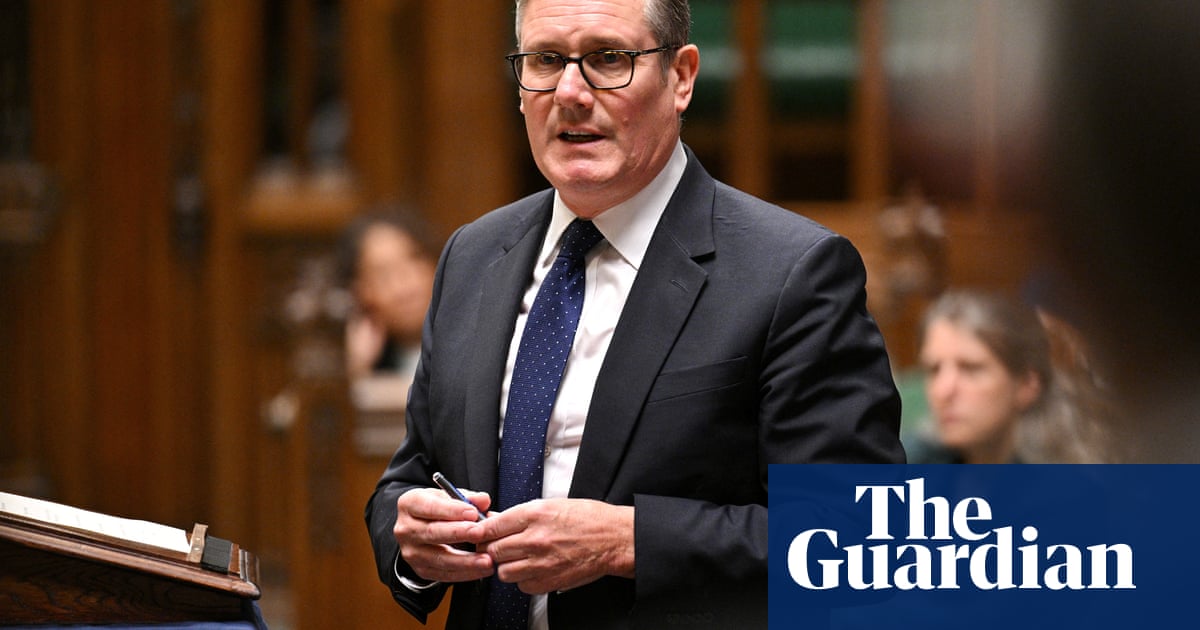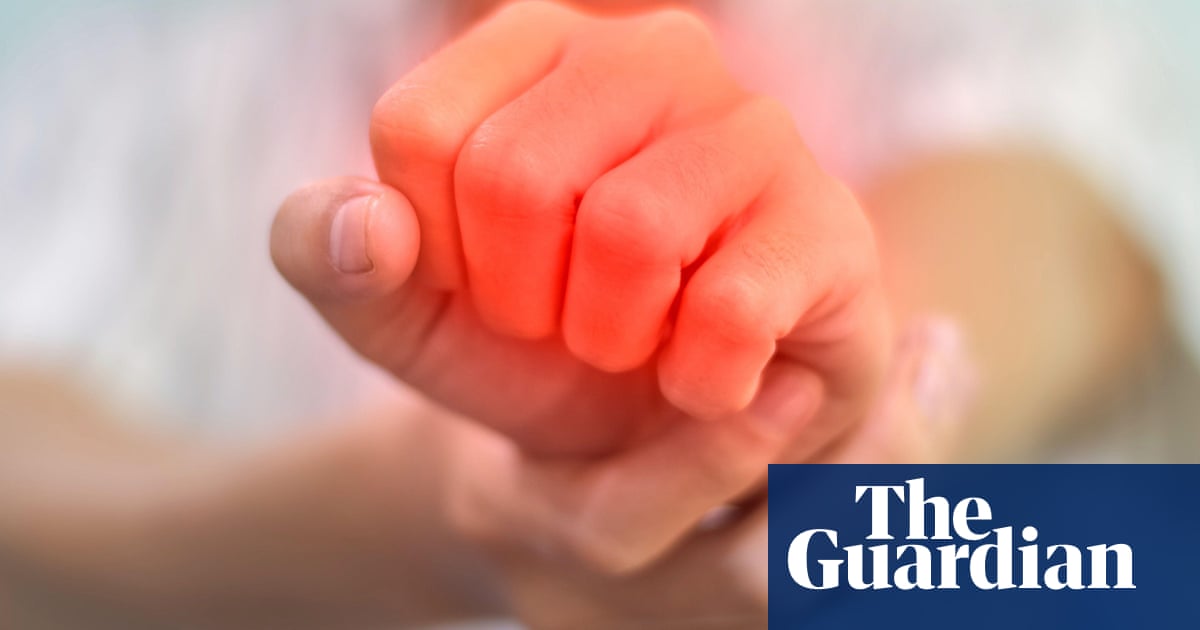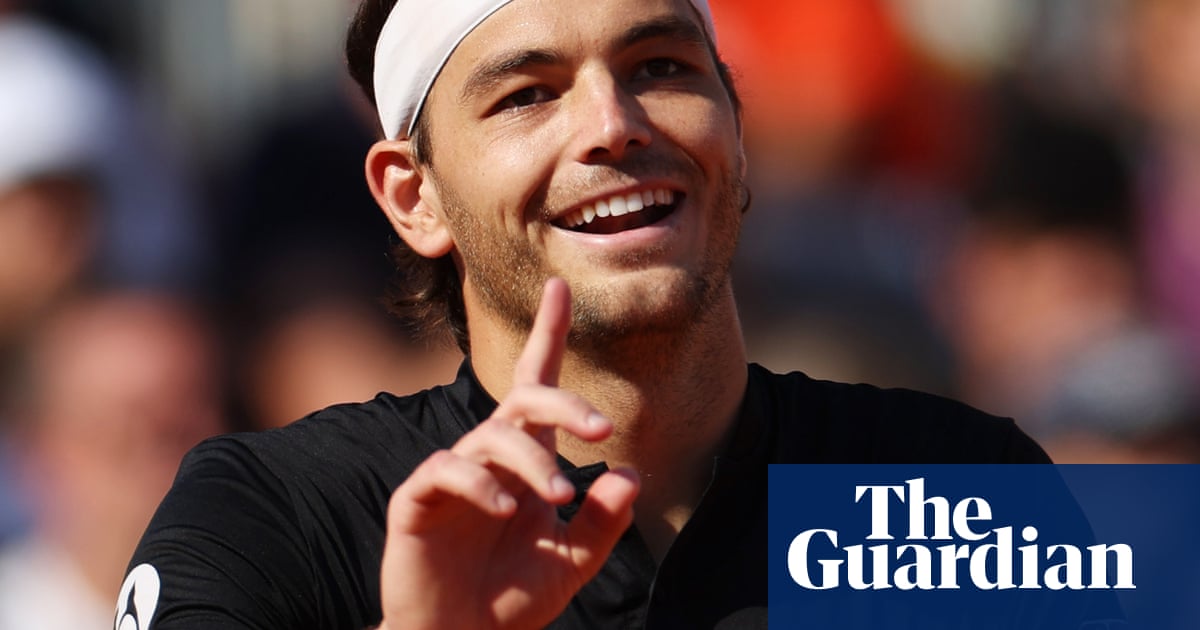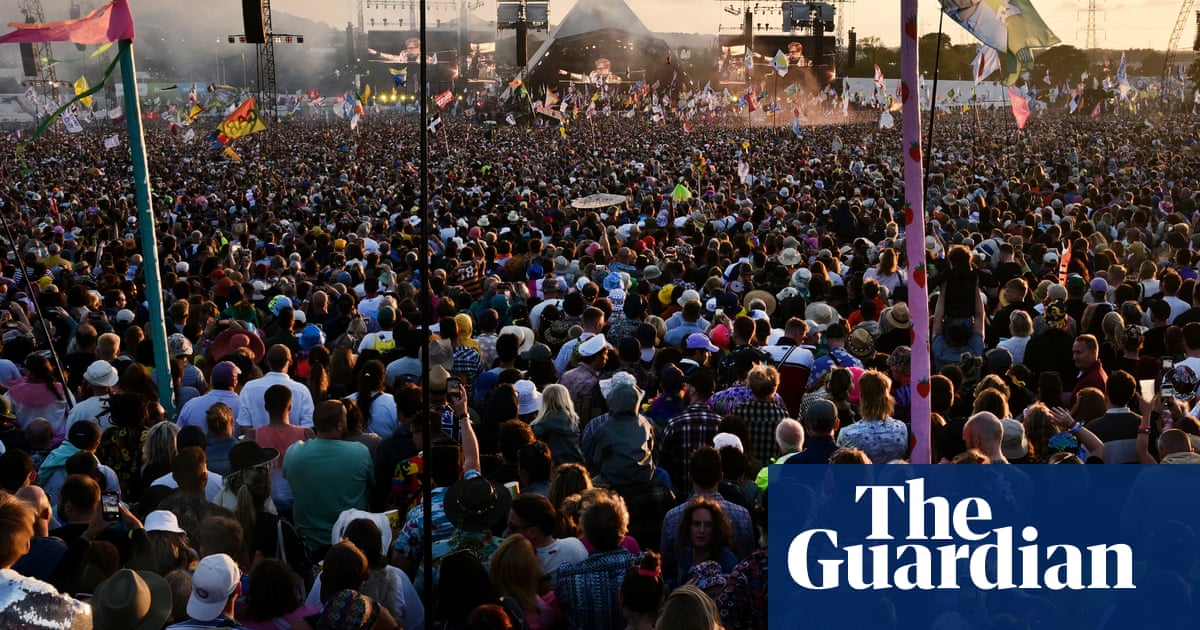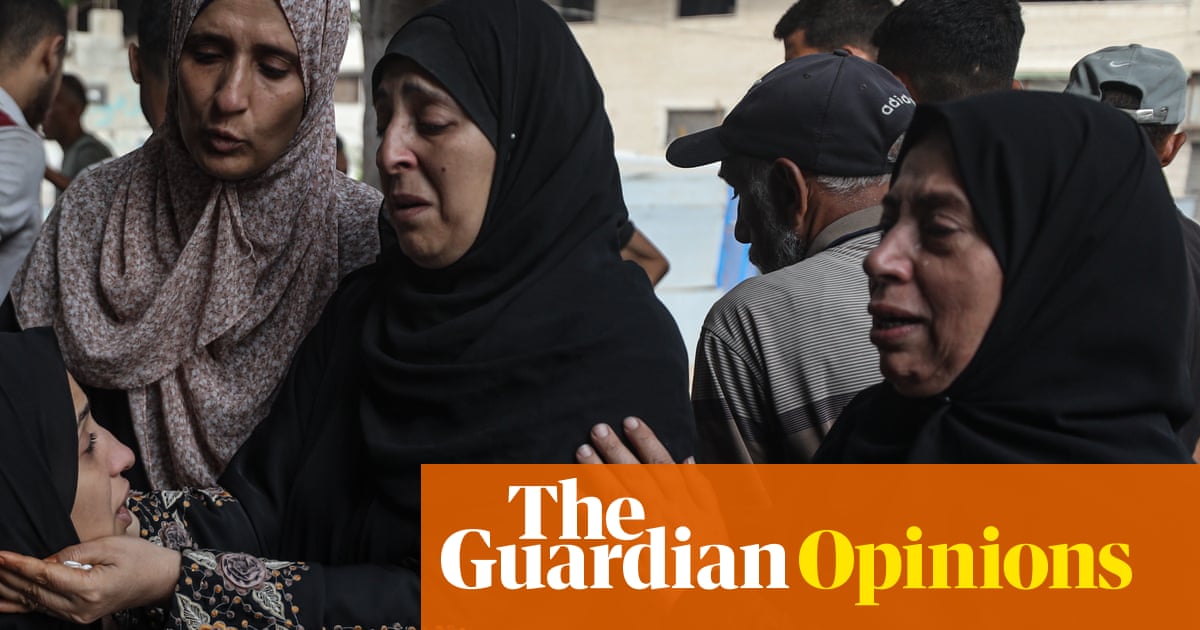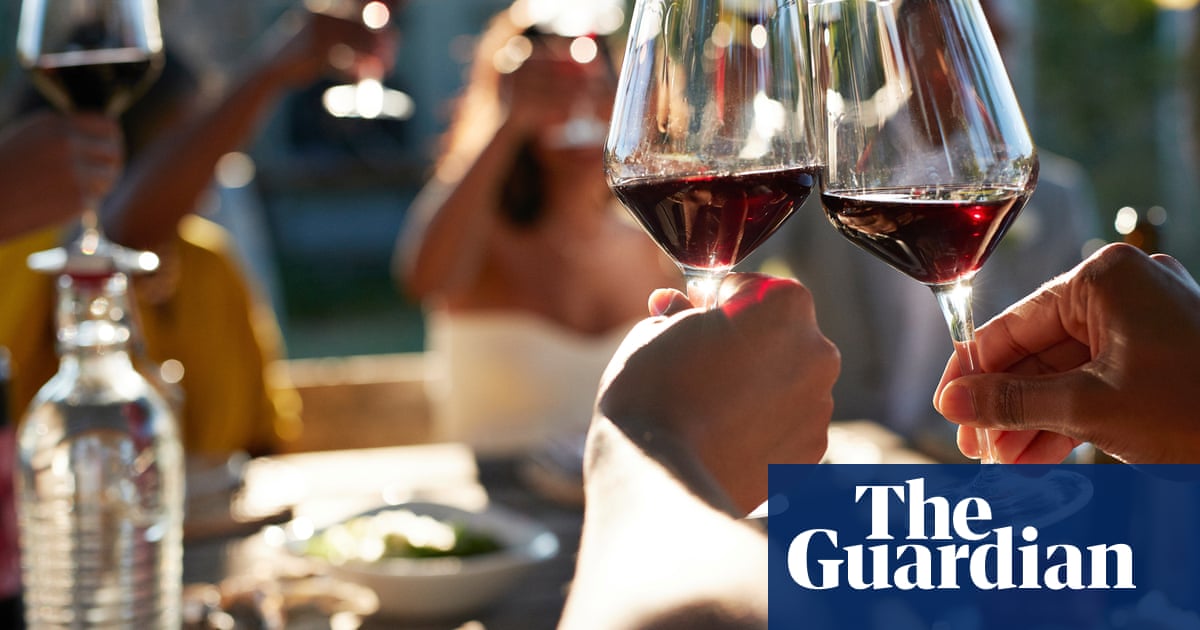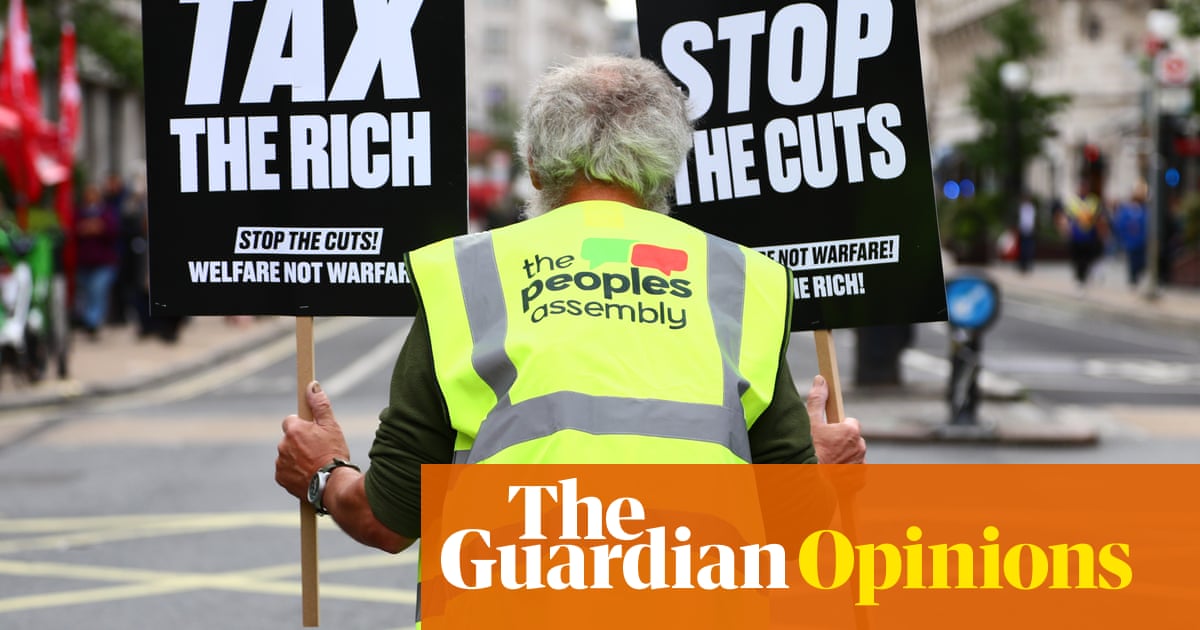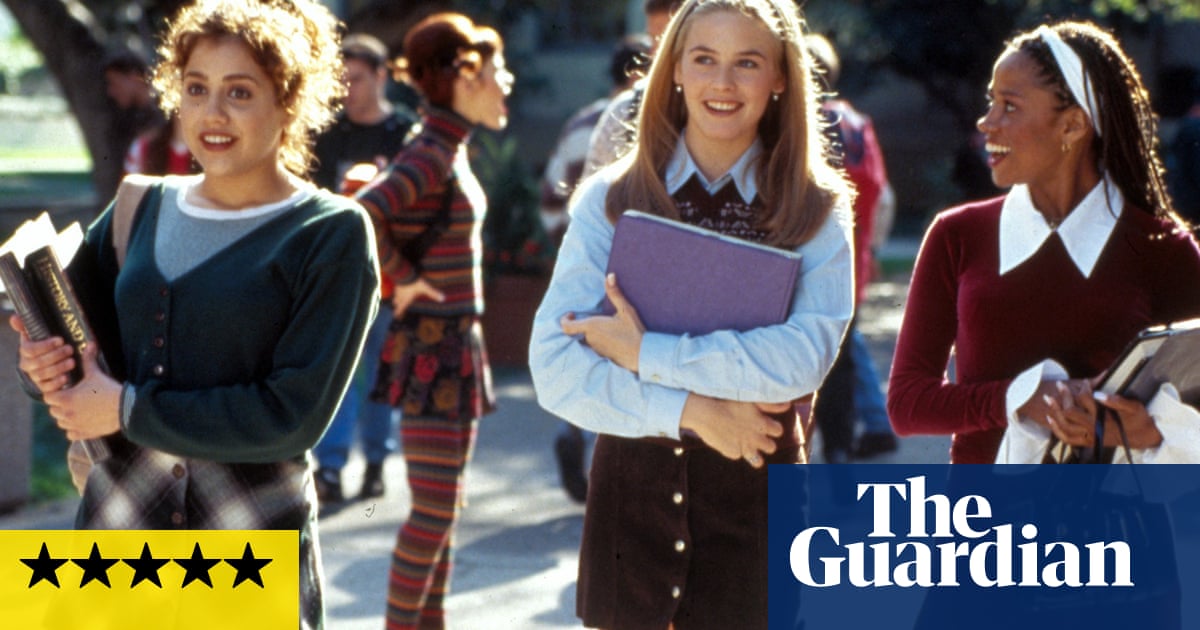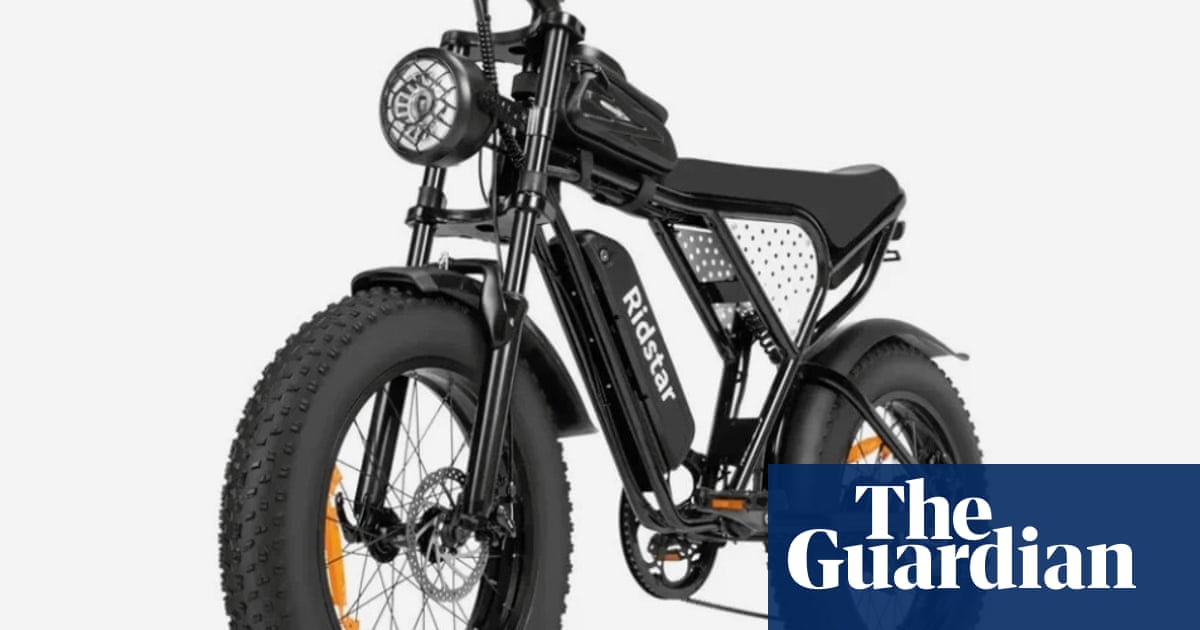The photographer Brian Harris, who has died aged 73 of cancer, left school at 16 to become a messenger boy, and went on to become one of the most respected British photojournalists of his generation.
He travelled the world as a freelance or a staffer for Fleet Street titles including the Times, the Independent (where he was the founding chief photographer), the Sun and the Guardian, covering such events as the fall of the Berlin Wall, famine in Ethiopia and Sudan, the Troubles in Northern Ireland, war zones in the Balkans and across Africa, the aftermath of the Falklands war and four US presidential campaigns, including Bill Clinton’s. He also created lyrical landscapes of the countryside around his Essex home.
By his own calculation he took more than 2m photographs, averaging 100 a day, but he made that count several years ago. He continued posting archive and new images daily on social media up to a few weeks before his death, and had been planning to give a talk on his life and work at an event organised by the British Press Photographers’ Association, of which he was a founder member.
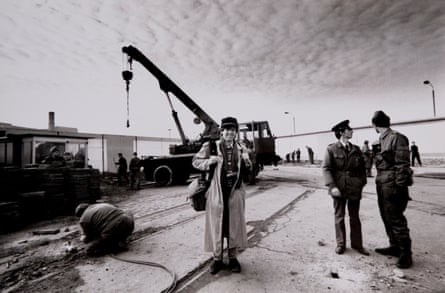
Tales from a rollercoaster career included an expenses-shredding business class flight in 1991 to reach the funeral in India of the assassinated leader Rajiv Gandhi, where he collapsed from heatstroke and pneumonia and was cooled down with ice that had been used to preserve the body.
His 1983 images of the then Labour party leader Neil Kinnock with his wife, Glenys, toppling into the tide on Brighton beach – a stroll taken at Harris’s suggestion – were carried across eight columns of the Times front page, and are regularly reproduced as a hideous example of photo-opportunity hubris. His 2016 memoir, ... And Then the Prime Minister Hit Me, took the title from an exasperated John Major striking him with a rolled-up briefing paper, after Harris challenged his unemployment statistics.
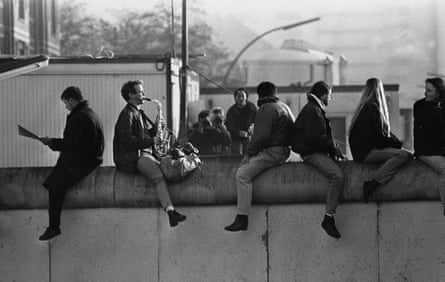
He had become the Times’ youngest ever staff photographer when he joined the paper in 1976, at the age of 26, and worked around the world for nearly a decade, including coverage of the end of the civil war in Rhodesia (now Zimbabwe). He eventually resigned over what he saw as censorship of his strongest images of famine in Africa.
In 1986 Harris became chief photographer as the team was assembled to create the Independent. He played a key role in forming the style of editorial photography that the paper became known for, helping raise the bar for news photography and broadsheet design, in dramatic images filling front and back pages, and photo spreads inside. Among many awards, he was named the What the Papers Say photographer of the year in 1990 for his work in eastern Europe documenting the collapse of communism.
He worked as a freelance after being made redundant by the Independent’s new owners in 1999, and major projects thereafter included a year spent photographing cemeteries across the world in 2006 for the Commonwealth War Graves Commission, which resulted in an exhibition launched at Canada House in London – where he gave a personal tour to Queen Elizabeth II and the Duke of Edinburgh – and a moving book, Remembered (with text by Julie Summers).
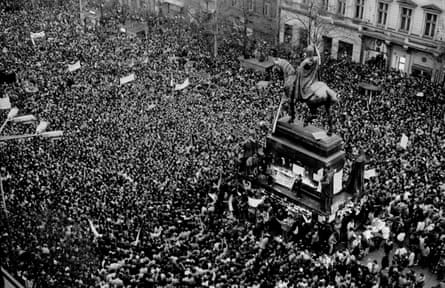
Harris was born in east London, to Dorothy (nee Nicholls) and Leonard Harris, an electrician who later helped his son build a darkroom in the garage. In the mid 1950s the family moved farther east – and up in the world, as they saw it – to the Rise Park estate in Romford, Essex. Brian attended Chase Cross secondary modern, acquiring useful skills in woodwork and metalwork, before leaving at 16.
At the Fleet Street agency Fox Photos, he rose rapidly from messenger boy to photographer, and launched his professional career at the east London local papers the Stratford Express and the Newham Recorder before moving on to Fleet Street.
Fellow photographers, often scooped by him, recalled his work as astonishing. Nick Turpin, who worked with him in the early days of the Independent, described him as “a great and fearless photographer”, an inspiration to a generation of young colleagues. Tim Dawson, a freelance organiser at the National Union of Journalists (Harris was a staunch union man), said he “reimagined the possibilities of news photography during newspapers’ last golden age”.
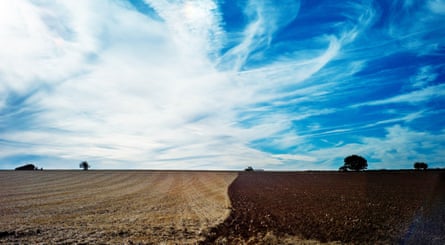
In 2001 Harris made contact through the Friends Reunited website with Nikki Bertroya, whom he had first met as a three-year-old in Rise Park infant school, and they became inseparable partners through his remaining years. After receiving his terminal diagnosis, in August they went on a road trip in Europe, posting sunny images of good meals and good wine, and revisiting significant sites including Dresden and Ypres.
His last task, completed a few weeks before his death, was to transfer his vast archive of 55 years’ work to a permanent home at TopFoto in Kent. Among his favourite archive images he commented on a very young Harris drinking large glasses of wine with the actor Helen Mirren, in the cellars of Château Margaux: “What a blessed life I’ve had – no regrets and no ‘Must Do’s’”.
He was married twice, to Valery Morgan in 1978 and Susan Pettifer in 1994; both marriages ended in divorce.
He is survived by Nikki, his son Jacob, from his second marriage, Nikki’s daughter, Holly, and by his sister, Jan.

.png) 3 hours ago
7
3 hours ago
7

